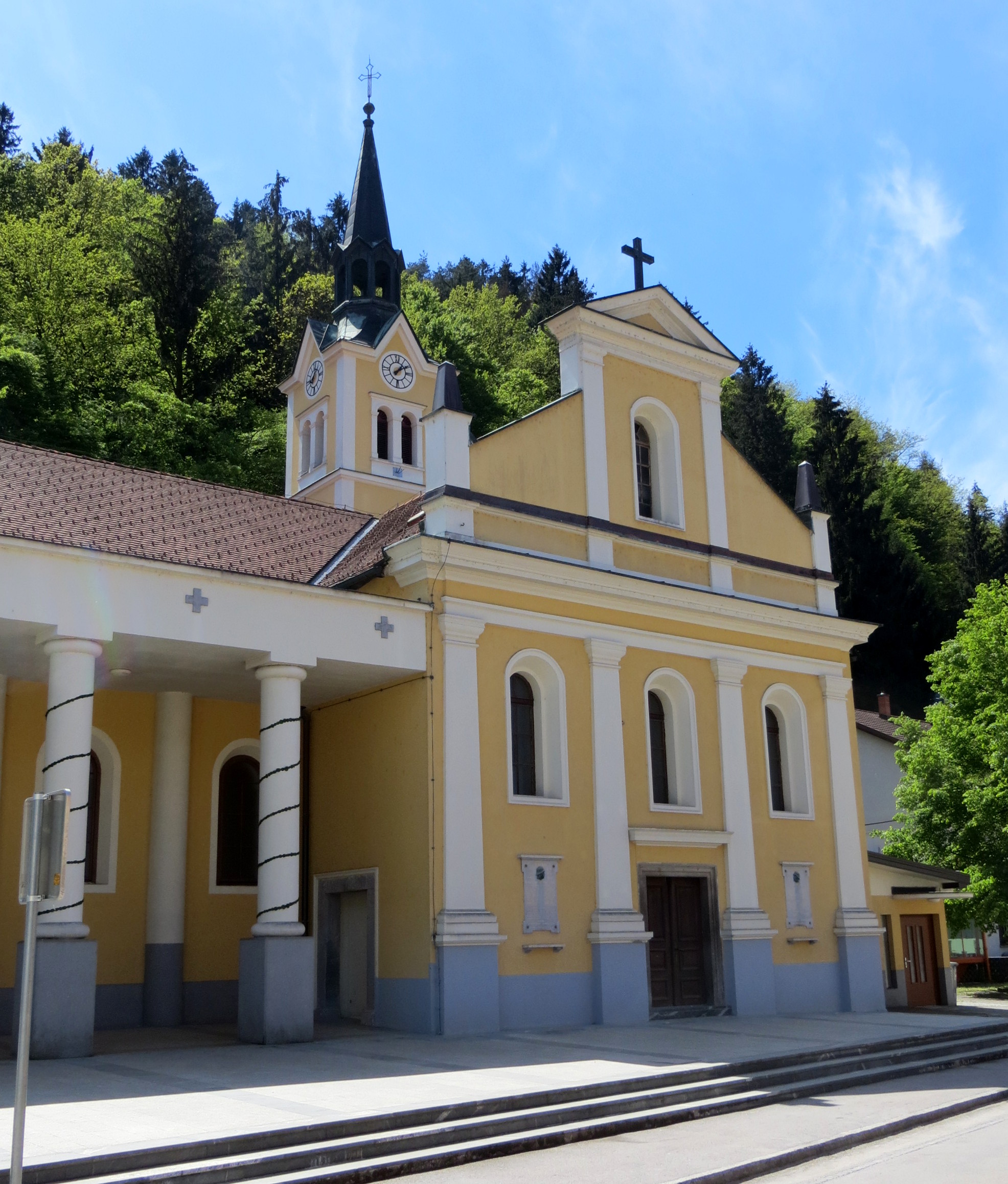Litija on:
[Wikipedia]
[Google]
[Amazon]
Litija (; german: Littai''Leksikon občin kraljestev in dežel zastopanih v državnem zboru,'' vol. 6: ''Kranjsko''. 1906. Vienna: C. Kr. Dvorna in Državna Tiskarna, pp. 90, 92–93.) is a town in the
 The
The Slovenian Ministry of Culture register of national heritage
reference number ešd 1970
File:Litija Turn.jpg, Turn Castle
File:SLO-Litija5.JPG, Litija lies on both banks of the Sava River
Litija on Geopedia
{{Authority control Populated places in the Municipality of Litija Cities and towns in Upper Carniola
Litija Basin
Litija (; german: Littai''Leksikon občin kraljestev in dežel zastopanih v državnem zboru,'' vol. 6: ''Kranjsko''. 1906. Vienna: C. Kr. Dvorna in Državna Tiskarna, pp. 90, 92–93.) is a town in the Litija Basin in central Slovenia. It is the ...
in central Slovenia
Slovenia ( ; sl, Slovenija ), officially the Republic of Slovenia (Slovene: , abbr.: ''RS''), is a country in Central Europe. It is bordered by Italy to the west, Austria to the north, Hungary to the northeast, Croatia to the southeast, an ...
. It is the seat of the Municipality of Litija. It is located in the valley of the Sava River
The Sava (; , ; sr-cyr, Сава, hu, Száva) is a river in Central and Southeast Europe, a right-bank and the longest tributary of the Danube. It flows through Slovenia, Croatia and along its border with Bosnia and Herzegovina, and finally t ...
, east of the capital Ljubljana
Ljubljana (also known by other historical names) is the capital and largest city of Slovenia. It is the country's cultural, educational, economic, political and administrative center.
During antiquity, a Roman city called Emona stood in the ar ...
, in the traditional region of Upper Carniola. The entire municipality is now included in the Central Sava Statistical Region
The Central Sava Statistical RegionBoršič, Darja, & Alenka Kavkler. 2009. Modeling Unemployment Duration in Slovenia Using Cox Regression Models. ''Transition Studies Review'' 54(1): 145–156, p. 148. ( sl, Zasavska statistična regija) is a s ...
; until January 2014 it was part of the Central Slovenia Statistical Region. The town is home to about 6,500 people.
Name
Litija was mentioned in written documents in 1256 as ''apud Litigiam'' and ''apud Lvtyam'' (and as ''Lutya'' in 1363, ''Littai'' in 1431, ''Luttey'' in 1444, and ''propre Lutiam'' in 1480). Medieval transcriptions indicate that the name was originally *''Ljutija'', derived from *''Ľutoviďa (vьsь)'' (literally, 'Ľutovidъ's village'). Suggestions that ''-ija'' is a suffix or that the name is derived from German ''Lutte'' '(mining) drain' are less likely. Other pseudoetymologies include Johann Weikhard von Valvasor's suggestion that the name evolved from ''litus'', the Latin word for 'riverbank'. The town was officially known as ''Littai'' in German until 1918.History
Litija developed as a trading post betweenTrieste
Trieste ( , ; sl, Trst ; german: Triest ) is a city and seaport in northeastern Italy. It is the capital city, and largest city, of the autonomous region of Friuli Venezia Giulia, one of two autonomous regions which are not subdivided into provi ...
, Ljubljana, and Croatia
, image_flag = Flag of Croatia.svg
, image_coat = Coat of arms of Croatia.svg
, anthem = "Lijepa naša domovino"("Our Beautiful Homeland")
, image_map =
, map_caption =
, capit ...
. The town gained market rights
A market town is a settlement most common in Europe that obtained by custom or royal charter, in the Middle Ages, a market right, which allowed it to host a regular market; this distinguished it from a village or city. In Britain, small rural ...
in the 14th century. In Roman times mining developed in Litija and remained one of the primary sources of income until the 1965, when the biggest of the mines closed. In 1849 the Austrian Southern Railway
The Austrian Southern Railway (german: link=no, Österreichische Südbahn) is a long double track railway, which linked the capital Vienna with Trieste, former main seaport of the Austro-Hungarian Monarchy, by railway for the first time. It now ...
reached Litija and boosted its economy. This development, however, also meant a decline in some of the traditional local professions. The Litija post office was opened in December 1852. After the Second World War, Litija annexed the formerly independent settlements of Podsitarjevec, Gradec, Grbin, and Podkraj.
Landmarks
parish church
A parish church (or parochial church) in Christianity is the church which acts as the religious centre of a parish. In many parts of the world, especially in rural areas, the parish church may play a significant role in community activities, ...
in the settlement is dedicated to Saint Nicholas
Saint Nicholas of Myra, ; la, Sanctus Nicolaus (traditionally 15 March 270 – 6 December 343), also known as Nicholas of Bari, was an early Christian bishop of Greeks, Greek descent from the maritime city of Myra in Asia Minor (; modern-da ...
and belongs to the Roman Catholic Archdiocese of Ljubljana. The current building was built in 1884 and extended in 1997.reference number ešd 1970
Notable people
Notable people that were born or lived in Litija include: *France Bezlaj
France Bezlaj (September 19, 1910 – April 27, 1993) was a Slovenian linguist.
He was born in Litija.Jakopin, Franc. 1987. France Bezlaj. ''Enciklopedija Slovenije'', vol. 1. Ljubljana: Mladinska knjiga, pp. 258–259. He received a degree in Sl ...
(1910–1993), linguist
*Luka Svetec
Luka Svetec (8 October 1826 – 28 January 1921) was a Slovene politician, lawyer, author and philologist. In the 1870s and 1880s, Svetec was one of the most influential leaders of the so-called Old Slovenes, a national conservative political g ...
(1826–1921), politician
*Peter Jereb (1867–1951), composer
*Viktor Parma (1858–1924), composer
*Rudolf Badjura (1881–1963), writer and mountaineer
*Mira Pregelj (1905–1966), painter
*Milan Borišek (1920–1950), glider pilot
Gallery
References
External links
*Litija on Geopedia
{{Authority control Populated places in the Municipality of Litija Cities and towns in Upper Carniola